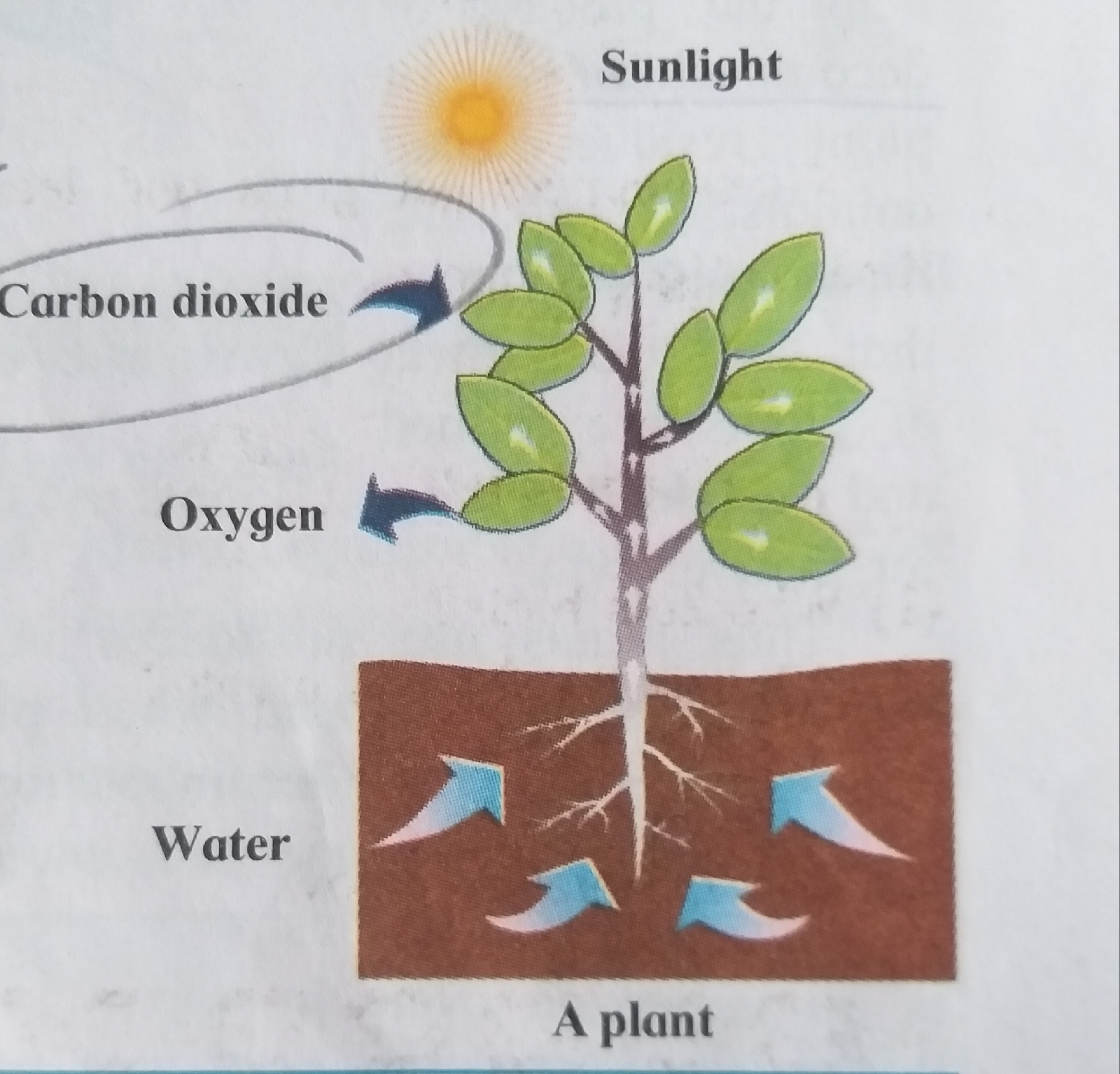Chp 2. MOTIONS OF THE EARTH
1.
What’s the solution ?
Amit wants to
take his granny to Australia which is in the southern hemisphere. But she
cannot bear very cold weather. When should they make this trip ?
Ans.
(a) Amit’s granny cannot bear cold weather. Hence, she should visit Australia
during summer. (b) Australia is situated in the southern hemisphere. It
experiences summer season during the period of 23rd September to 22nd March.
(c) Considering this, they should make the trip to Australia anytime between
October to mid-March.
2. Use your brain power!
(i) How many rotations does the earth complete during
one revolution around the sun?
Ans: The earth completes one rotation
in 1 day. It takes 365 days and 6 hours i.e., 1/4 day to complete one
revolution. This means, during one revolution around the sun, the earth
performs 365 and 1/4 rotations.
(ii) It is
sunrise at Itanagar in Arunachal Pradesh. Write the names of the following
cities in the order in which the sun will rise there. Mumbai (Maharashtra),
Kolkata (West Bengal), Bhopal (Madhya Pradesh), Nagpur (Maharashtra).
Ans:
The earth rotates from west to east. The sunrise is observed earlier in the
eastern states and gradually it is seen by western states of India. The order
in which the sun will rise in the given cities is: Itanagar (Arunachal
Pradesh), Kolkata (West Bengal), Nagpur (Maharashtra), Bhopal (Madhya Pradesh)
and Mumbai (Maharashtra)
3.Fill in
the blanks
(You must write the answers for this question on your
own)
4. What is
meant by each of the following terms?
(i) Full moon
(ii) New moon (iii) Lunar month (iv) Tithi
Ans: (i) Full
moon: When a complete and round moon is seen in the sky, it is called as full
moon.
(ii) New moon:
When the moon is not at all visible in the sky from the earth, it is called as
new moon.
(iii) Lunar
month: The duration of 28 to 30 days between a new moon to the next new moon is
called a lunar month.
(iv) Tithi:
Every day of the lunar month is called as tithi.
5.
Answer the following questions.
(i) What is the equator?
Ans:
(i) An imaginary circle around the surface of the earth, exactly in between the
north and south poles is called the equator.
(ii) What are the two parts of the earth made by the
equator ?
Ans:
The two parts of the earth made by the equator are: (a) Northern hemisphere (b)
Southern hemisphere
**********************************************************











